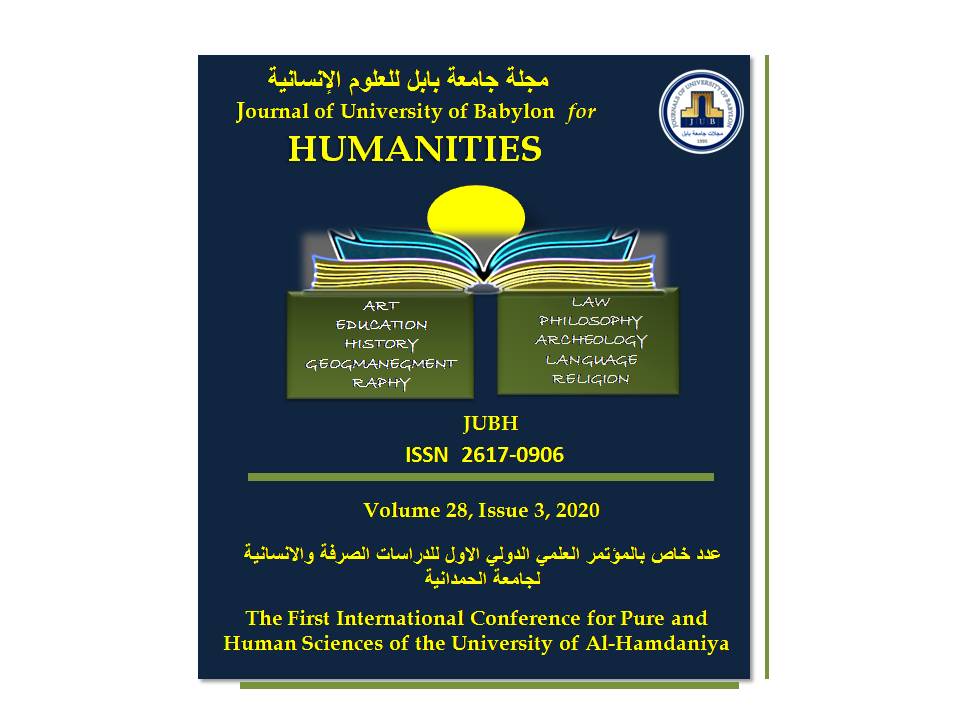Analysis of the Causes of Minorities’ Forced Migration from Mosul to the Nineveh Plain during (2013 – 2004)
Main Article Content
Abstract
Forced migration is directly related to security and political conditions, where people are forced to emigrate and leave their country of origin without their will, this migration is collective and in a standard circumstance. People may emigrate in thousands and in a few days and result in many problems in the areas of expulsion and population attraction alike, which lead to demographic change and social problems and increase the size of the population in the area of attraction and the consequent pressure on services and others and the opposite of the area of expulsion.
The study deals with forced migration of minorities (Shabak, Christians and Isidin) from the city of Mosul to the Nineveh Plain after the fall of the regime in 2003, and the consequent turbulent events of the security and political conditions, especially after the entry of armed gangs (Al Qaeda) to the city of Mosul. The extremist groups began to threaten and kill members of minorities on a sectarian, religious and sectarian basis. The research also examined the motives behind this migration and its negative effects.
GIS was used to represent forced migration data in the form of maps representing the number of displaced families. There was a difference in the number of displaced families to areas of Nineveh Plain, Al-Hamdaniya district ranked first in terms of the number of displaced families (11720) by (79.3%), the second rank was Talqeef district (1873) families by (12.7%), and the third was Sheikhan district (1186) families and by (8%).

